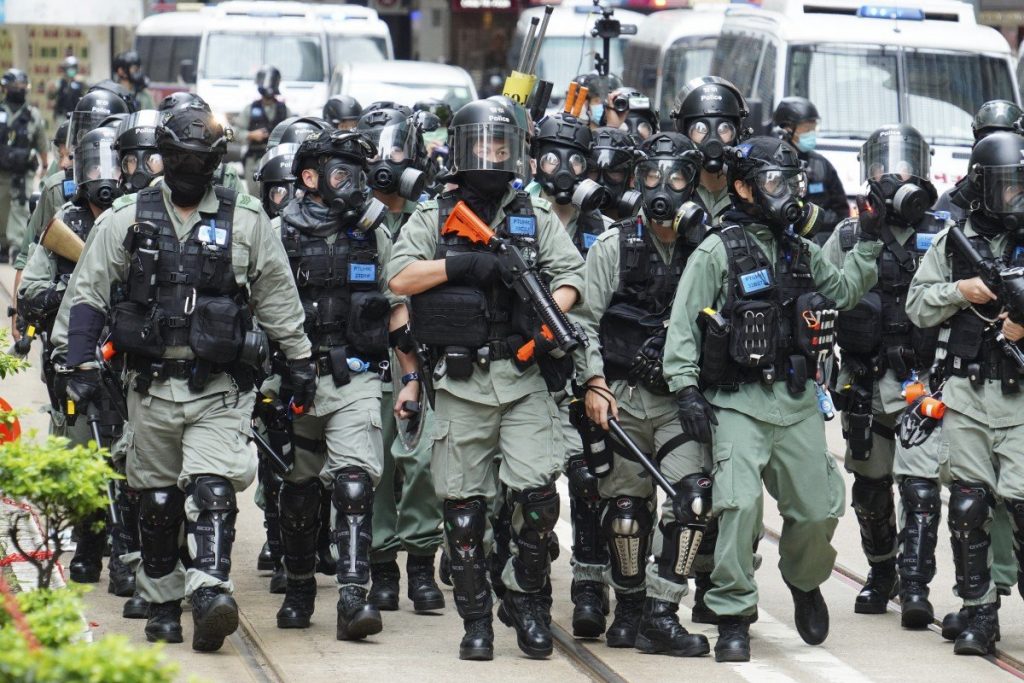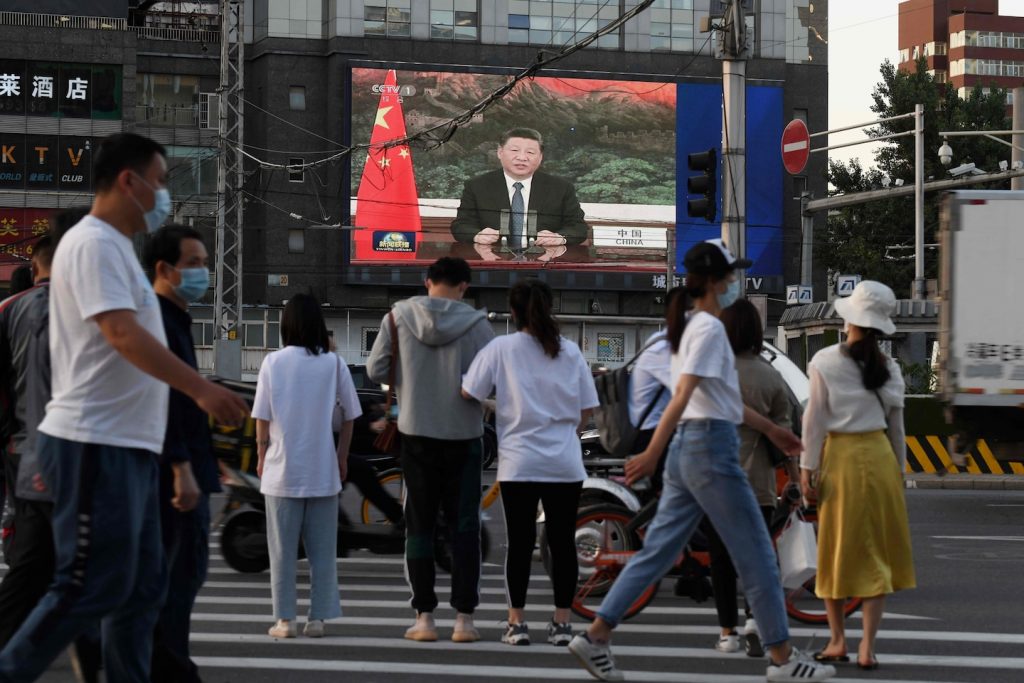A guest post today from UNC junior Morgan Hanchard, a 2019 Phillips Ambassador to Shanghai, China, and a double-major in HIstory and Peace, War & Defense:
As COVID-19 swept across the globe, its effects presented differently in differing regions. Some countries saw lethal numbers of cases, in which population densities significantly decreased. In some countries, the virus was tackled effectively, minimizing damage to populations. Taiwan’s number of confirmed cases has yet to reach the 500 mark, largely due to their universal healthcare system. To praise Taiwan for its success in handling the pandemic, the United States sent a U.S. Cabinet member to Taiwan, simultaneously hoping to learn from their “incredibly effective” response to COVID-19. On August 10, United States Health and Human Services Secretary, Alex Azar, spent three days in Taiwan with President Tsai Ing-Wen, demonstrating Washington’s support for positive U.S.-Taiwan relations.
However, this success comes at a cost. With tensions between the United States and China at a breaking point as President Trump continuously demonizes China, even calling COVID-19 the “Chinese virus,” Azar’s trip to Taiwan cannot ignore its geopolitical intentions. This interaction was a foreign policy rarity. Azar is the highest U.S official to visit Taiwan since 1979, when the Taiwan Relations Act was signed into effect under the Carter Administration. This legislation ended all diplomatic relations between the United States and Taiwan, under the terms that the United States solely recognize the People’ Republic of China, breaking ties with Taiwan completely. By sending a delegation into Taiwan, which is not lawfully recognized by the United States, the Trump Administration is likely to spark controversy within Beijing.
On August 11, Azar spoke at National Taiwan University, where he stated that “in these trying times, the United States knows that we will always have a friend in Taiwan.” In addition, Azar praised Taiwan’s democratic values, implying that Taiwan’s success can be contributed to its democratic society. This statement set off anger in Beijing and amongst the Chinese Communist Party, as the U.S. gets dangerously closer to brinkmanship with China. Azar claims that his trip was solely based on public health issues and Washington’s effort to gain insight on their treatment methods. Even with COVID-19 in mind, the political consequences within U.S.-China relations cannot be ignored. By ameliorating their relationship with Taiwan, Washington runs the risk of pushing tensions with Beijing to the brink. China may view Azar’s visit to Taiwan as a challenge to its sovereignty, polarizing the two sides even further. The Trump administration is utilizing Taiwan as a strategic ploy to provoke China, which could seriously taint the bilateral relationship.
Find out more about this story at the Washington Post, CNN, or the Wall Street Journal.


